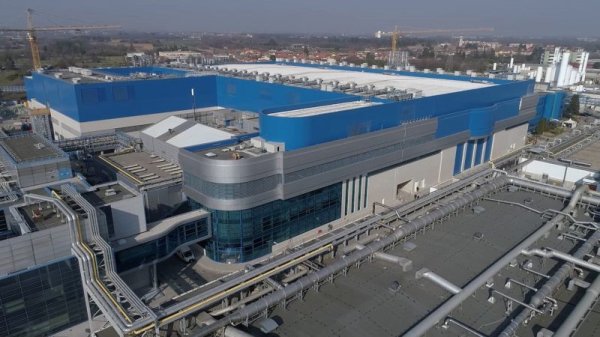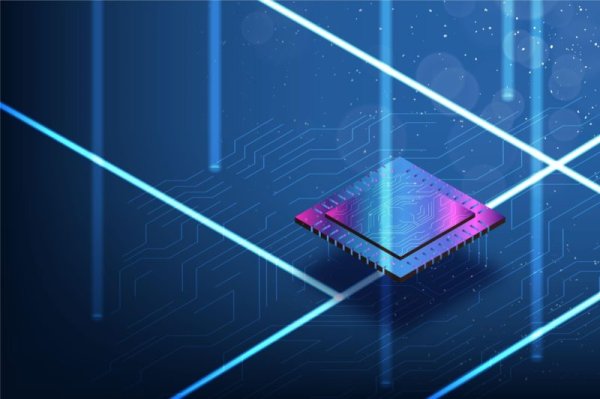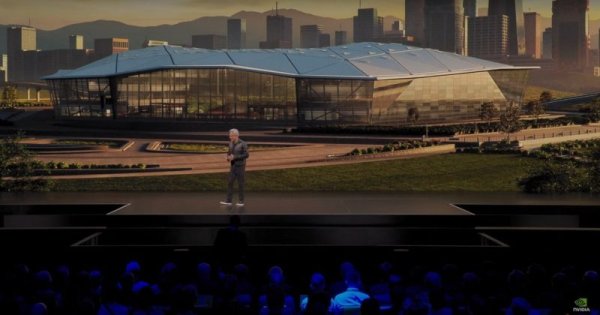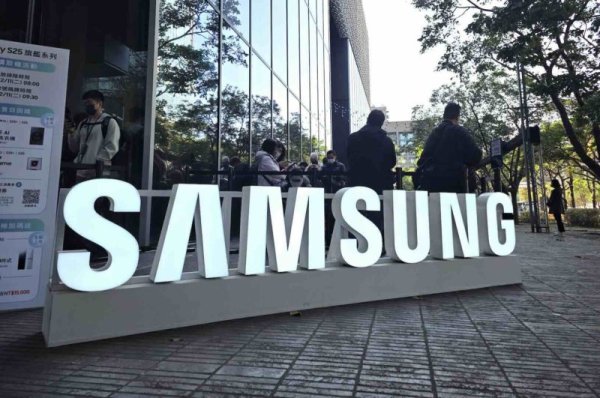Steam survey report, AMD CPU challenge Intel, NVIDIA GPU continues to lead
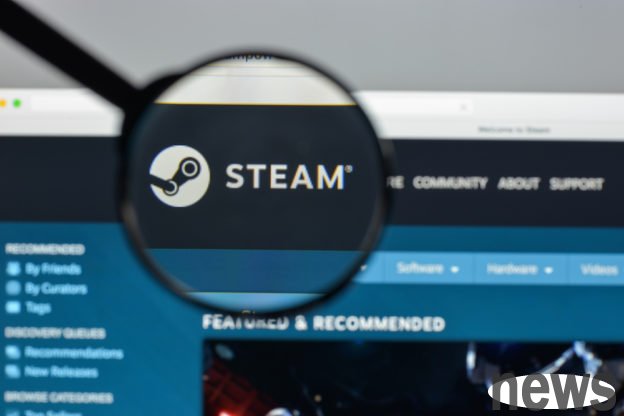
Latest July Steam Hardware Survey draws dynamic changes for the global PC game market.
In the CPU sector, Ultramicro (AMD) market share continued to rise, crossing the 40% milestone for the first time, forming a significant challenge for the long-term Intel-led structure. In the GPU market, NVIDIA (NVIDIA) relies on the latest architecture products, and continues to maintain its inverted pressure advantages. In terms of operating systems, the adoption rate of Windows 11 has been rising steadily, and the configuration of memory and display memory has also shown a trend of upgrading to higher specifications, jointly defining the hardware and software preferences of current PC game players. AMD CPU market breaks through 40% of the market, challenging Intel's dominant position
The most eye-catching thing is the highlight of the AMD game CPU market. According to data, AMD's game CPU market share has exceeded 40% for the first time, which means that about every ten Steam PC game players, four are using AMD's central processor. This is undoubtedly a new peak for AMD, and it also proves that AMD's slow and stable market growth strategy is emerging.
Back to five years ago, Intel led the Steam game market with a market share of about 77%. But since then, the market share has fallen below 60%. This trend of growing one another clearly shows the major changes in the PC game CPU market pattern over the past few years. The reason why AMD can achieve such a significant market share growth is mainly due to the popularity of its 3D V-Cache CPUs. This includes the Ryzen 7 9800X3D models that are well-received by players. The market demand for high-performance CPUs, especially the X3D model, and the competitive pricing provided by AMD, seems to be gradually invading Intel's past advantages.
This transformation also represents that AMD has mastered a larger proportion in the PC game CPU market than in the past. This not only has more choices and more competitive prices for consumers, but also has a profound impact on the future development direction of the entire CPU industry.
GPU market NVIDIA is a stable head, AMD's new products face challengesDespite AMD's progress in the CPU field, NVIDIA's absolute dominant position in the GPU market is still indestructible. Steam survey data shows that NVIDIA's market share in all independent display cards remains at an extremely high 73.94%. This shows that most Steam players still choose to use NVIDIA products to drive their game experience.
NVIDIA's latest Blackwell architecture GPU is rapidly gaining popularity. The mid-level RTX 5070 became the most popular GPU in the RTX 50 series, with a market share of 1.32%, an increase of 0.33% from the previous month, and the most obvious increase in all GPUs last month. The following is the RTX 5060, with a share increase of 0.26%, making its overall share reach 0.60%. These data show that NVIDIA not only maintains its lead in the high-level market, but also rapidly accounts for the market share.
, in contrast to NVIDIA's strong performance, is that AMD's latest Radeon 9000 series GPU based on RDNA 4 architecture has not yet appeared on the Steam rankings. The survey data shows that no RX 9070 or RX 9060 display cards are out of the report gate, which means that all RDNA Model 4 is likely to be classified into other categories. The reason for this absence is that the analysis may be due to supply constraints or slow adoption, as insiders point out that AMD may not have enough new display cards to enter players to reach levels displayed in the statistical data.
It is worth noting that even the RTX 5090, which has a very high price and a market share of only 0.19%, has been listed on the list, highlighting the challenges facing AMD's new display card. Although AMD's powerful new desktop GPU, including the flagship RX 9070 XT, is still popular in the retail market, its impact has not yet been seen in Steam's latest data. This presents a new situation for AMD's overall competitiveness in the GPU market and the market penetration speed of its new products.
Operation system and hardware configurations are facing high efficiency and new generation standardsIn addition to changes in the CPU and GPU markets, Steam survey reports also reveal trends in operational systems and general-purpose hardware configurations that together shape the overall environment of current PC games.
On the software level, the pattern of the operating system is continuing to move towards Windows 11. This is likely due to the fact that Windows 10 is about to reach the end of the life cycle (EOL). Data shows that about 59.9% of Steam players are using Windows 11 (64-bit), an increase of 0.06% over June. Meanwhile, Windows 10 (64-bit) market share has declined to 35.19%, down 0.5%. This means that players are actively responding to micro-system update strategies and gradually developing towards a more modern Windows platform..
It is worth noting that Linux game usage has also reached a new high stability in many years. The Linux platform achieved a significant growth of 0.32%, making its overall market share reach 2.89%. Although macOS usage remains below 2%, this steady growth of Linux games, reflected in its appeal to specific player groups, may be related to investments such as Valve companies such as Steam Deck and Proton.
System memory (RAM), 16GB is still the most common, with about 42% of PCs being used. 32GB reaches 35.15%, 0.78% growth rate proves that the high memory equipment has grown smoothly. After the game complexity has increased, the demand for player memory capacity is also increasing.
Shows the memory (VRAM) to behaves in a similar fashion. Most players have 8GB of VRAM, accounting for about 33.66% of all systems. However, 12GB of VRAM accounts for the next largest percentage, accounting for about 19.22% of all PCs. This is comparable to the previous month, reaching 0.40% is a significant growth. The growth trends of these two memory configurations reflect the growing demand for hardware resources in modern games, especially under high resolution and high-textured quality settings, a more sufficient system memory and display memory are important for streamlined game experience. This also previews that future game developers may introduce more resource-intensive content into games and further promote hardware upgrades.




